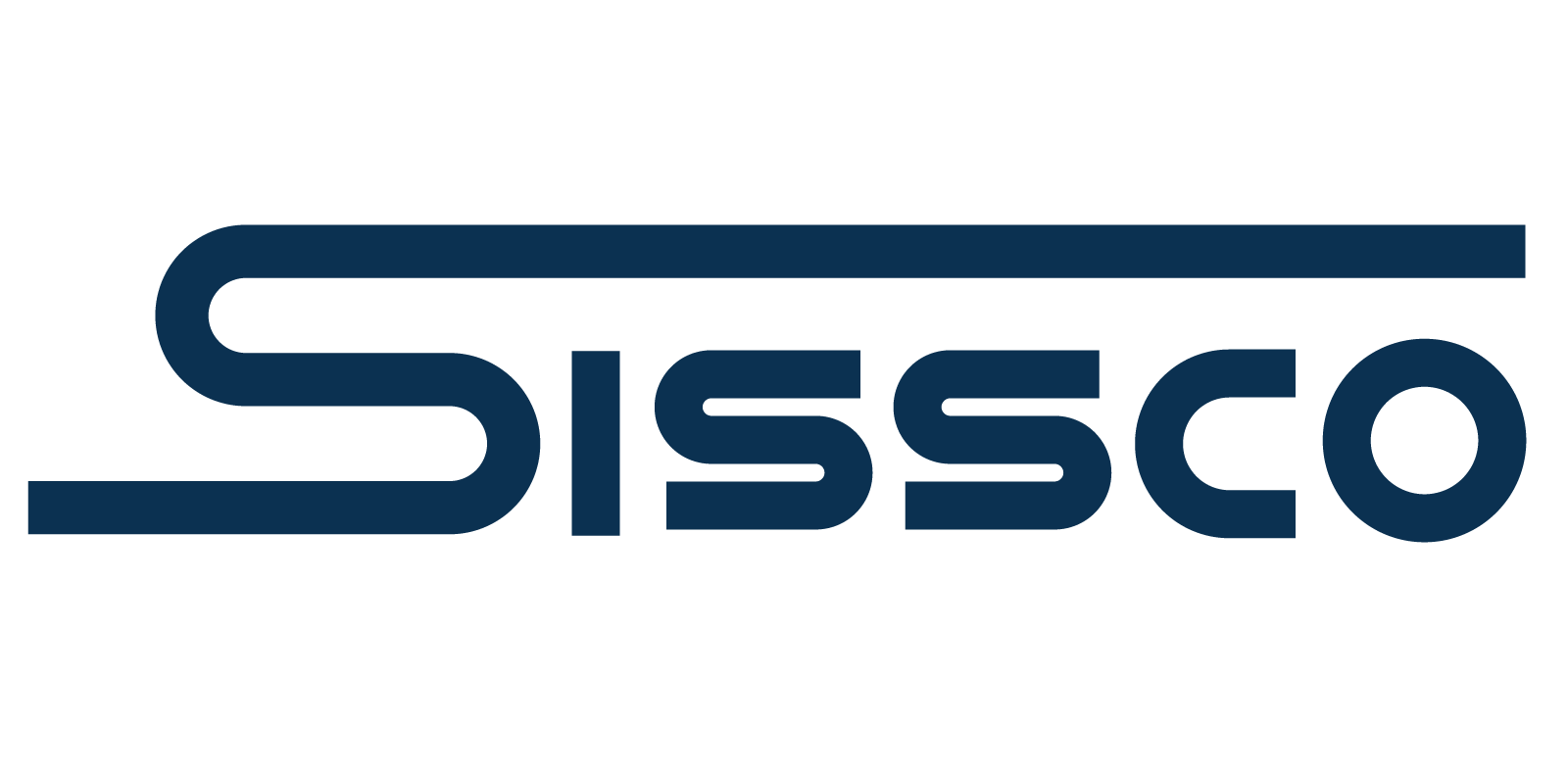A jib crane expands between two points and moves heavy loads. Available in many shapes and sizes, jib cranes are popular in a variety of applications. Common applications for these cranes are factories, construction sites, warehouses, ports, and power plants. Any place that requires the lifting of heavy objects can benefit from jib cranes. If you have a jib crane that requires servicing, contact us today. We provide the best jib crane service NY offers.
Jib Crane Service NY
When working with a jib crane, understanding the machinery is essential. Knowing the inner workings allows for the safest conditions. Understanding the parts is key to proper maintenance and avoiding damage and injuries. Let’s review the key components so you can properly maintain your overhead jib crane.
- Movable Hoist – The hoist positions, lowers, and elevates a load.
- Hook Height – This refers to the maximum height of the hook above a base level.
- Trolley – The trolley can run in three ways: pneumatically, hand-controlled, or powered. It is used to transfer the wire rope or chain, hook, and hoist along the length of the boom.
- Rotation Stop – This is a key safety feature as it limits the crane’s motion to avoid a collision. The rotation stop will limit movement if the crane is near a wall or other structure to avoid damage.
- The Reach – This is a horizontal beam that swings back and forth. It’s located on the trolley.
- Controls – This allows the operator to control the crane with a push-button controller.
- Mast or Pillar – This refers to a vertical beam that’s either freestanding or a mast. It supports the boom on systems.
We’re here for all your overhead crane needs. We offer the best overhead crane service NY has.



